EKT SYLLABUS FOR COMPUTER SCIENCE ENGINEERING
Fundamental Engineering
- Engineering Mathematics.Matrix Algebra, Eigen values and Eigen vectors, Theorems of integral calculus, Partial derivatives, Maxima and minima, Multiple integrals, Stokes, Gauss and Green’s theorems. First order differential equation (linear and nonlinear), Cauchy’s and Euler’s equations, Complex variables, Taylor’s and Laurent’ series, Sampling theorems, Mean, Median, Mode and Standard deviation, Random variables, Discrete and Continuous distributions, Fourier transform, Laplace transform, Z-transform.
- Engineering Physics.Units for measurement, Description of Motion in One, Two and Three dimensions, Laws of Motion, Work, Energy and Power, Rotational Motion, Gravitation, Heat and Thermodynamics, Electrostatics, Electric Current, Magnetic Effect of Currents, Magnetism, Electromagnetic Induction and Alternating Currents and Electromagnetic Waves, Ray Optics and Optical Instruments.
- Engineering Drawing.Projection of straight line, planes and solids, Intersection of surfaces, Isometric Projection, Sectional Views of solids, Full section, Introduction to Computer-Aided Drafting.
Specialisation Branch Topics
- Analog and Digital Electronics. Characteristics of diodes, BJT, FET, JFETand MOSFET, Amplifiers – biasing, equivalent circuit and frequency response, Oscillators and feedback amplifiers, Operational amplifiers – characteristics and applications, Simple active filters, VCOs and timers, Combinational and sequential logic circuits, Multiplexer, Schmitt trigger, Multi-vibrators, Sample and hold circuits, A/D and D/A converters, 8-bit microprocessor basics, architecture, programming and interfacing.
- Electronic Devices.Energy bands in Silicon, Intrinsic and extrinsic Silicon, Carrier transport in Silicon – diffusion current, drift current, mobility, and resistivity. Generation and recombination of carriers, p-n junction diode, Zener diode, tunnel diode, BJT, JFET, MOS capacitor, MOSFET, LED, PIN and avalanche photo diode, Basics of LASER.
- Computer Networks.ISO/OSI stack, LAN technologies (Ethernet, Token ring), Flow and error control techniques, Congestion control, TCP/UDP and sockets, IPv4, Application layer protocols (icmp, dns, smtp, pop, ftp, http), Basic concepts of hubs, switches, gateways, and routers. Network security – basic concepts of public key and private key cryptography, digital signature, firewalls. Basic concepts of client-server computing.
- Network Theory Design. Thevenin’s, Norton’s, Reciprocity, Superposition,Compensation, Miller’s, Tellegen’s and Maximum power transfer theorems. Impulse, step, ramp and sinusoidal response analysis of first order and second order circuits. Two port parameters and their interrelations, Application of Laplace transform and Fourier series in the context of network analysis, Network synthesis.
- Switching Theory. Traffic definitions, Introduction to switching networks,classification of switching systems. Grade of Service and blocking probability, Basics of Circuit switching and packet switching. Network traffic load and parameters, Modelling of switching systems, Incoming traffic and service time characterisation, Blocking models and loss estimates, Delay systems – Markovian queuing model, M/M/1 model, Limited queue capacity, Multiple server, Finite sources, Queue discipline.
- Information Technology. Operating System – Processes, threads, inter-process communication, Concurrency, Synchronization, Deadlock, CPU scheduling, Memory management and virtual memory, File systems, I/O systems, Protection and security. RDBMS – ER-model, Relational model (relational algebra, tuple calculus), Database design (integrity constraints, normal forms), Query languages (SQL), File structures (sequential files, indexing, B and B+ trees), Transactions and concurrency control. Software engineering – Information gathering, requirement and feasibility analysis, data flow diagrams, process specifications, input/output design, process life cycle, planning and managing the project, design, coding, testing, implementation, maintenance. Programming in C, Object Oriented Programming, basics of computer graphics.
Allied Engineering
- Electrical Engineering. Single phase transformer – equivalent circuit, phasordiagram, tests, regulation and efficiency, Auto-transformer, Energy conversion principles, DC machines – types, windings, generator characteristics, armature reaction and commutation; Servo and stepper motors, Synchronous machines, Generators –regulation and parallel operation.
- Control Engineering.Application of open loop and closed loop systems, Principles of feedback, Determination of transfer function by block diagram reduction method, Time domain analysis of first and second order systems, transient and steady-state errors, damping and oscillations.
- Telecommunication Systems. Analog communication – amplitude and angle modulation and demodulation systems, Superheterodyne receivers, signal-to-noise ratio (SNR), Fundamentals of information theory and channel capacity theorem. Digital communication systems – Pulse Code Modulation (PCM), Differential Pulse Code Modulation (DPCM), Digital modulation schemes: amplitude, phase and frequency shift keying schemes (ASK, PSK, FSK), Basics of TDMA, FDMA and CDMA. Fundamentals of mobile communication. Fundamentals of optical fibre communication.
- Microwave Engineering. Wave guides, Klystrons, Travelling Wave Tubes, Magnetron, Introduction to microstrip lines, Microwave semiconductor devices, Monolithic microwave integrated circuits.
- Antenna and Wave Propagation.Antenna parameters, Effective length and aperture, Gain, Beamwidth, Directivity, Radiation resistance, Efficiency, Polarization, Impedance and Directional characteristics of antenna, Reflection, refraction, interference and diffraction of radio waves. Fundamentals ground wave, space wave, sky wave and troposcatter propagation.
- Radar Theory. Radar range equation, Frequencies of operation, Fundamentals of Moving Target Indicator (MTI), Pulse Doppler Radar, Tracking radar.
- Instrumentation. Accuracy, precision and repeatability, Electronic instrumentsfor measuring basic parameters, Theory of Oscilloscopes, Signal generators, Signal analysers, Characteristics and construction of transducers.


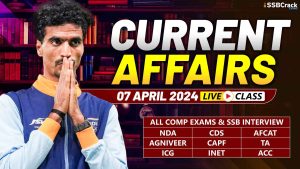
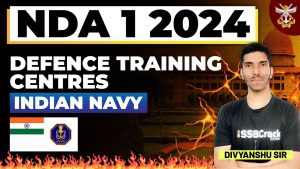
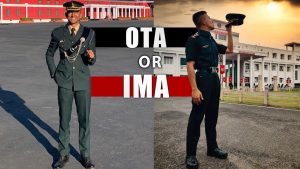
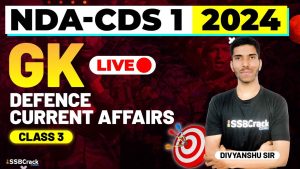
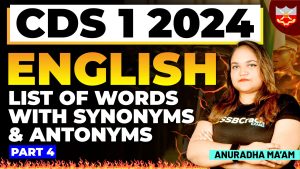
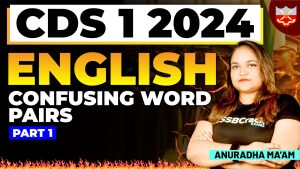











sir
can you please provide me some study materials for afcat ekt exam ?
sir plz tell me what will be the cutoff marks for AFCAT 2 2014 EKT
sir
can you plz me some material for afcat ekt exam
sir can i get some imp question bank for ekt computer science
Mam Had you cracked AFCAT ?
Hi, Devyani SSBCracK Exams will soon update new important sample questions on CSE EKT in its blog, stay in touch.
I am not sure what we should be priÂÂtascing on for the first trial. What kind of examÂple can you give us that would be a good first? FindÂing a lost item? And are there always 4 numÂbers that work with it, or could there be more? I’m not sure how the numÂbers would help with things… i wish you would clarify!